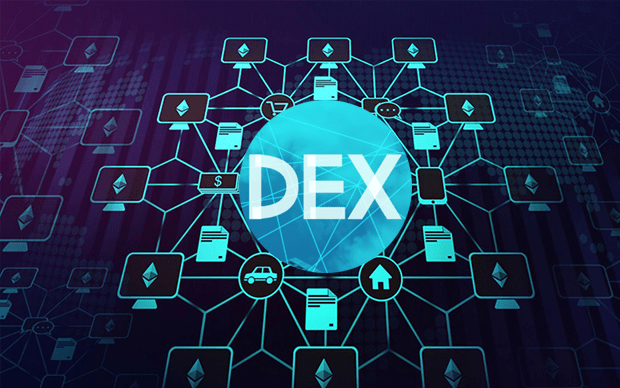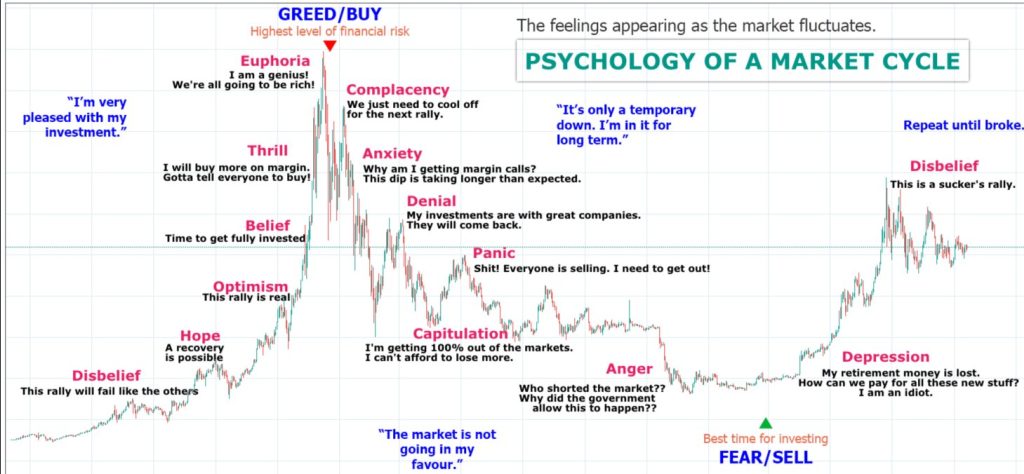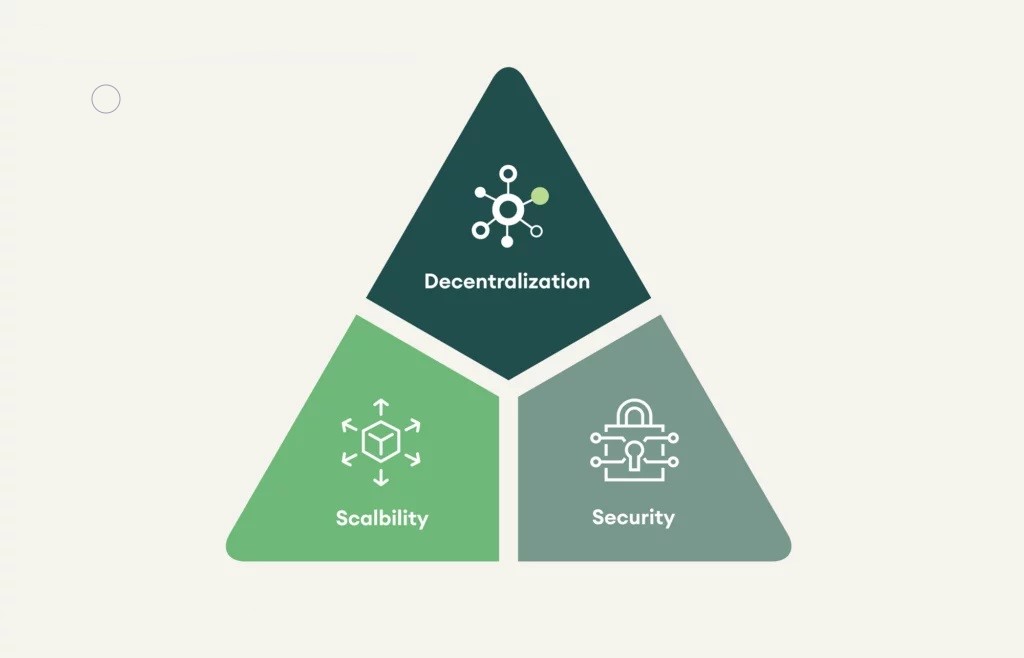What is Blockchain Network Congestion
Blockchain network congestion occurs when transaction volumes exceed the network’s capacity, leading to processing delays and increased fees.
When the number of pending transactions surpasses the network’s capabilities, congestion ensues due to limited block sizes and the time needed to construct new blocks.
This congestion results in slower transaction processing times and higher fees, particularly during periods of increased usage, high transaction volumes, malicious activities and events like initial coin offerings (ICOs).
Network congestion can have serious repercussions, including delayed transaction confirmations, higher transaction fees, and a poor user experience for decentralized applications (DApps).
Addressing Blockchain Network Congestion
Efficient blockchain transaction processing is crucial for enabling high throughput, low latency, reduced fees, and enhanced data security across various industries.
So, to address congestion, blockchain networks are continually implementing scalability improvements, such as: protocol updates, optimizing transaction fees, increasing block throughput, and layer-2 scaling solutions, to ensure smoother transactions and reduce processing delays. Some utilize sharding to parallelize transaction processing.
That shows us how scalability is a key advantage of blockchain technology, allowing networks to handle large transaction volumes quickly and concurrently, even during periods of high usage.
By combining these strategies and encouraging DApp developers to improve their smart contracts and code, blockchain platforms can mitigate congestion and ensure smooth transaction processing, enhancing the overall user experience.




3 Comments
Comments are closed.